viewer
2007 – 2009
Rua Itapajé 20, Maricá
RJ 24900-000,
Rio de Janeiro
[photo] studio flavien
[photo] isabelle arthuis
Rua Itapajé 20, Maricá
RJ 24900-000,
Rio de Janeiro
[photo] studio flavien
[photo] isabelle arthuis
The viewer is a construction in three possible sizes, of which two were built: the middle size on a cliff in Brazil in 2007, and the smallest size at Art Basel Statements the following year. Linked to a series of 200 drawings in red pencil, it inspired four Devonian Press publications, a series of micro-films (i. e. very short video sequences), and a video titled sci-fi film. The building is also associated with a hard drive, which functions as a separate work for storing and displaying various documents and images associated with this project. I traveled several times to live and work in the viewer that was built in Rio de Janeiro.
The viewer took shape through a series of drawings of dinosaurs and prehistoric landscapes. It was within this context that the viewer defined its scale, its relationships, its sizes, its place in the landscape, its alterity, its allure … It tested its relationship with its environment, devoid of human beings. Its silhouette changed.
This building would exist Before! Before man, before architecture, before adulthood, before language, before consciousness …? We speak of pre-language, but can a type of space correspond to this moment in time where words are not yet separated from one another, phrases are not composed, the world is not organized, and the grammar that exists is in a primary state? If consciousness distinguishes itself from unconsciousness, can there be a space built by means of their interweaving in such a way as to live with what is not said? What would be its forms of forgetfulness, omission, or inattention? Or of concealment? Can the earth be transparent? Where does my sight stop? The building, like the drawings, is made to look behind, that is to say Before! Even if, in that place, neither architecture nor man are possible. This place Before is also a type of space. Can we place ourselves inside of it?
The viewer comes in three different sizes. It is a principle that has three terms, each with the same form but distinct properties, depending on whether one can enter into it or not, whether it is big or small, whether the climate is inside or outside. In the room of the Rio viewer, there were two switches one for light and one for sound:
I turn on the light, I turn on the sound.

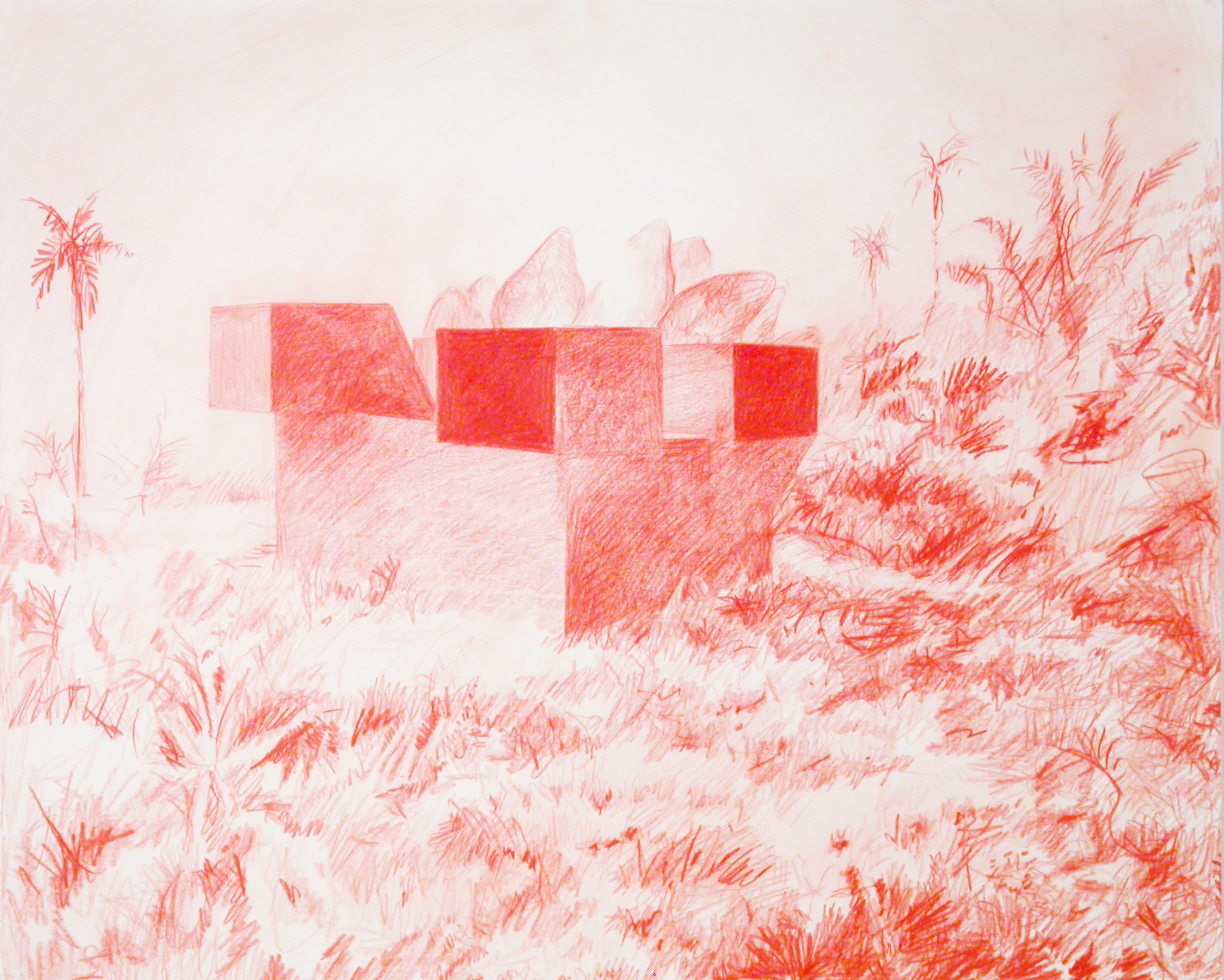

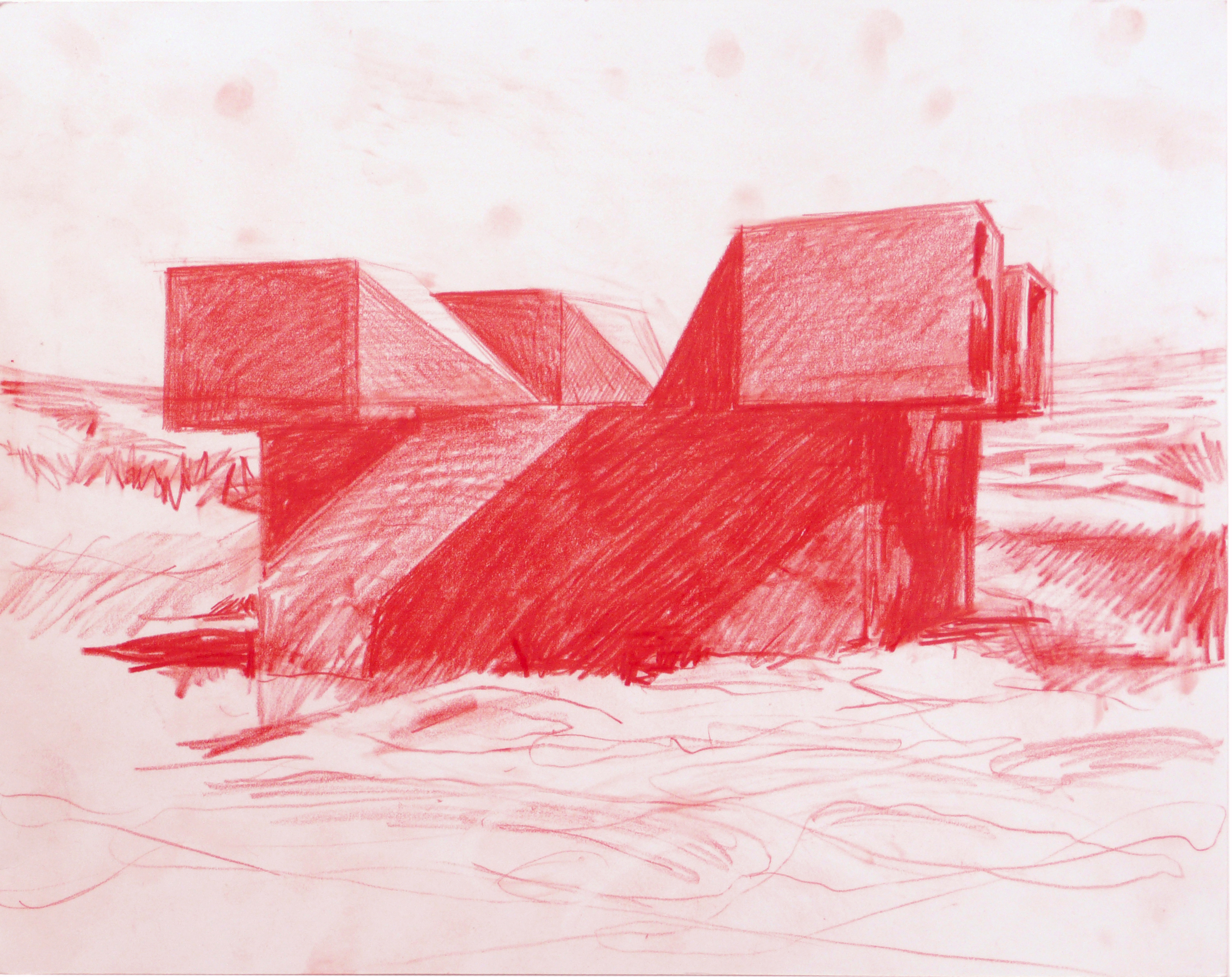


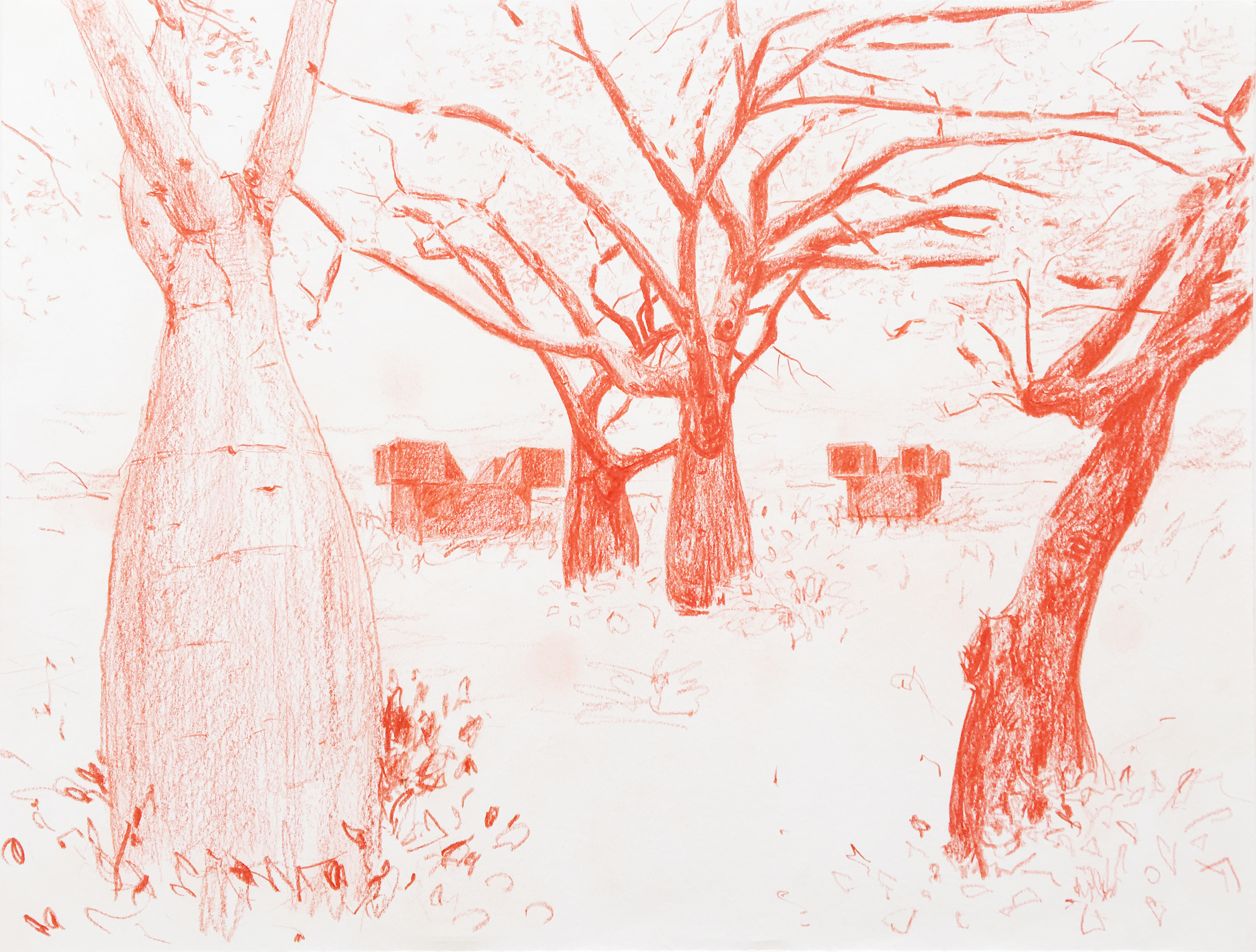




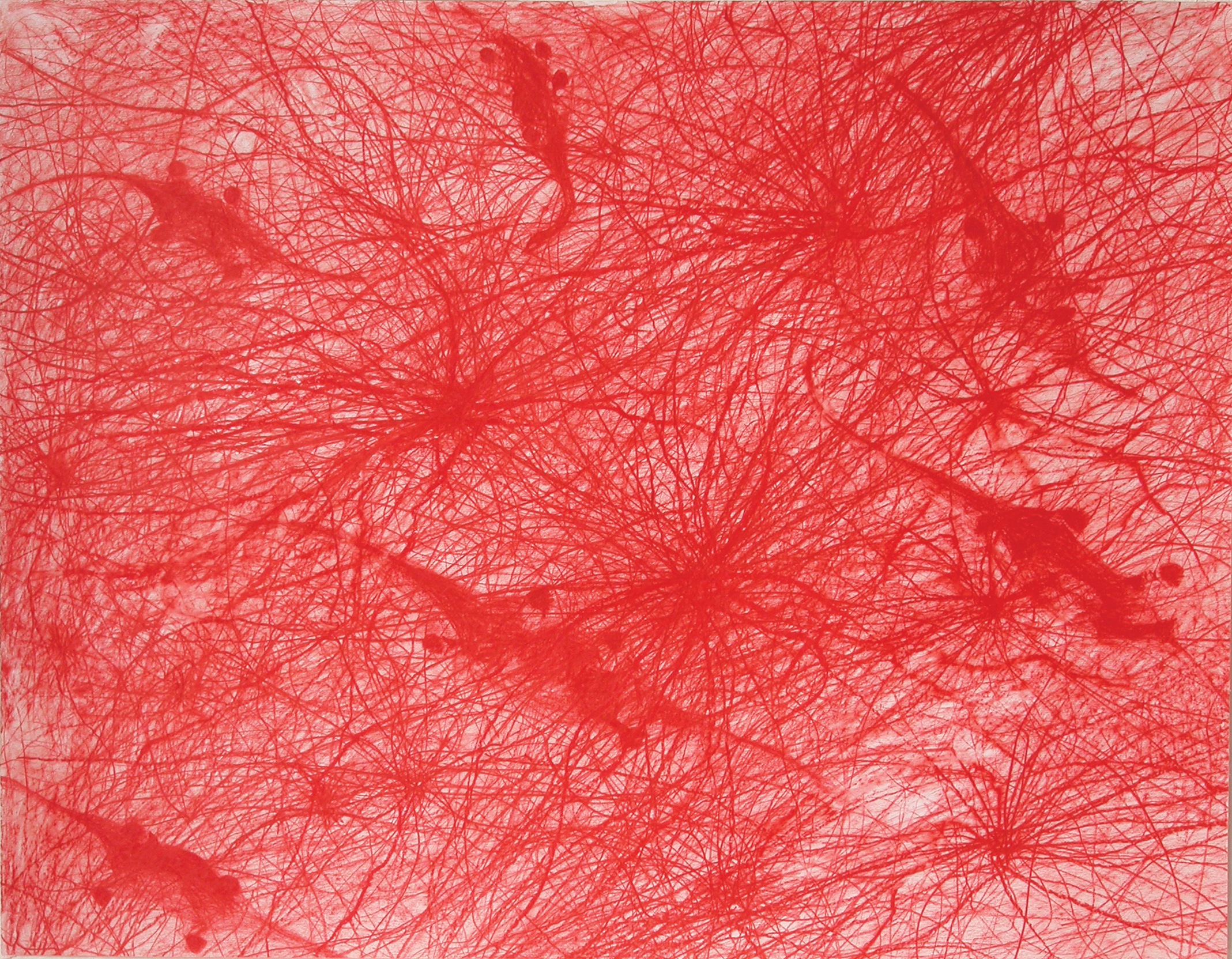


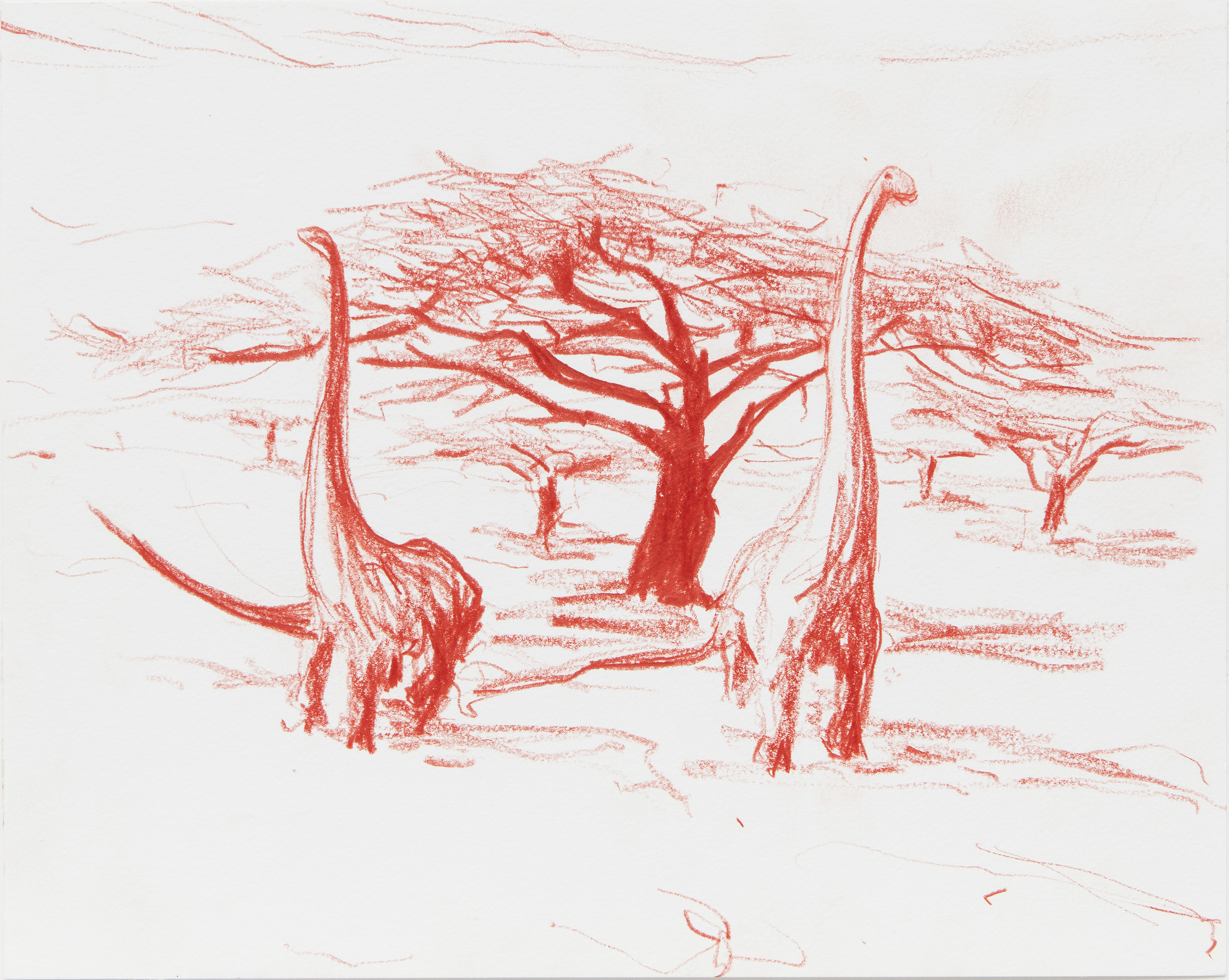
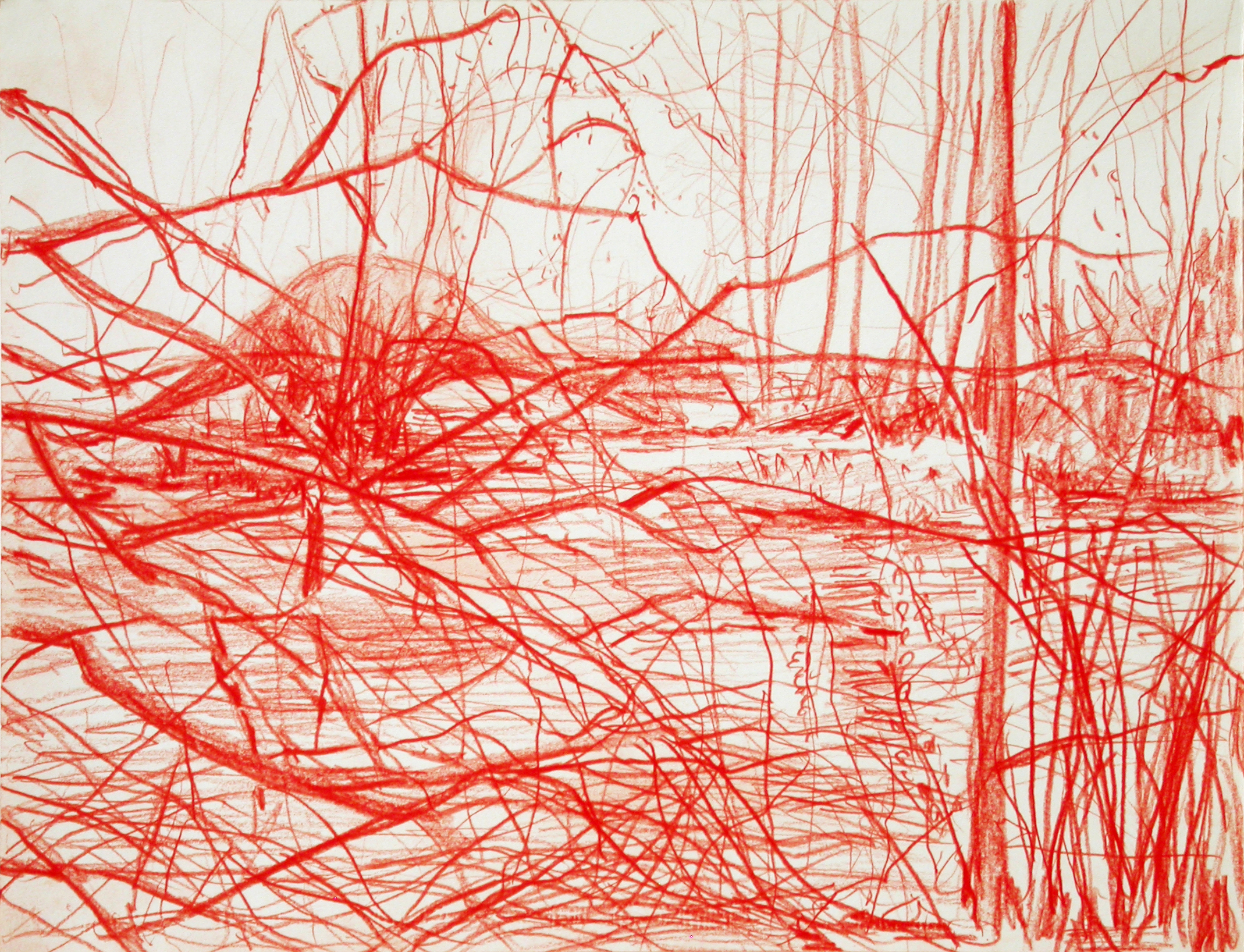
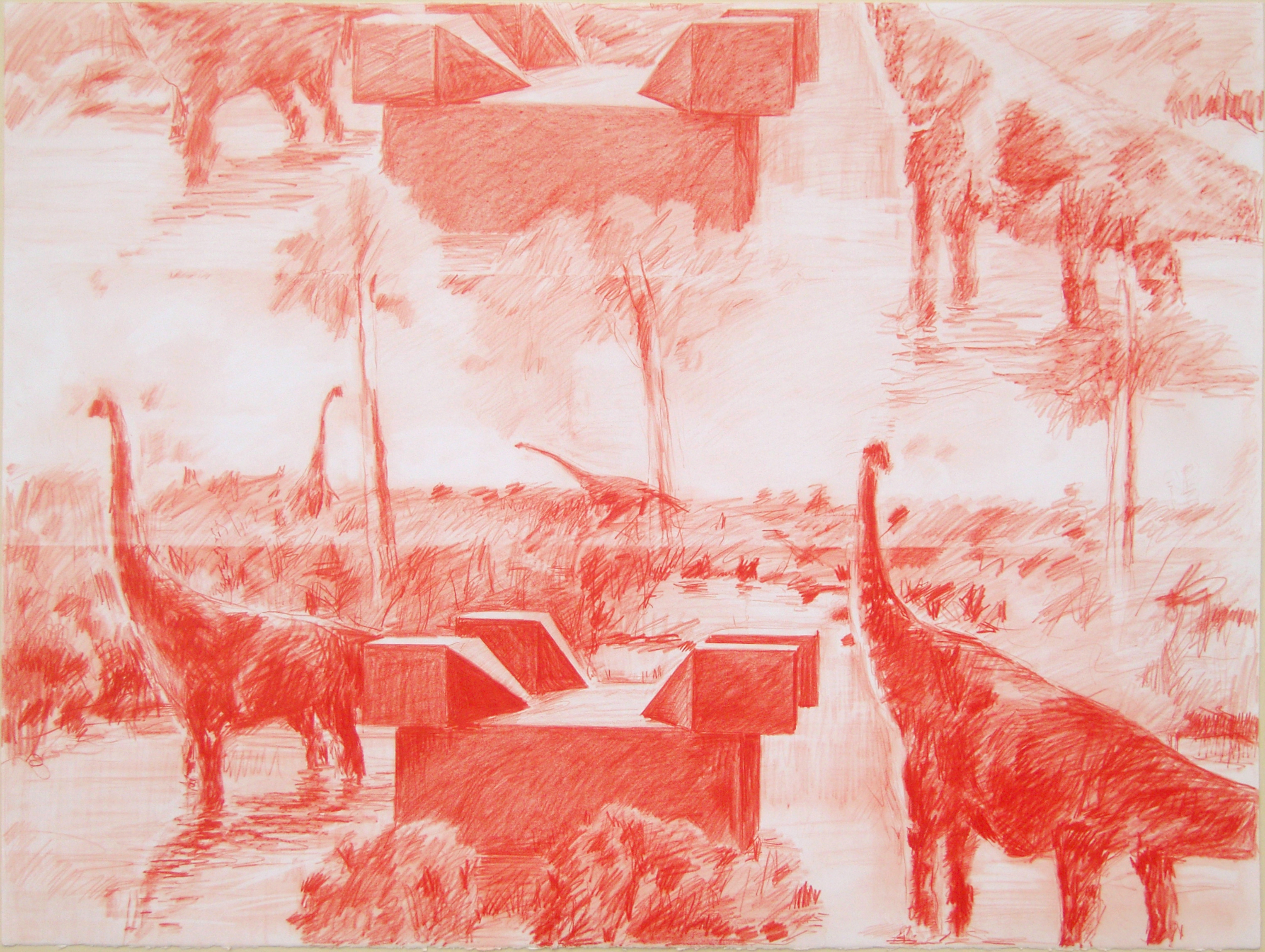
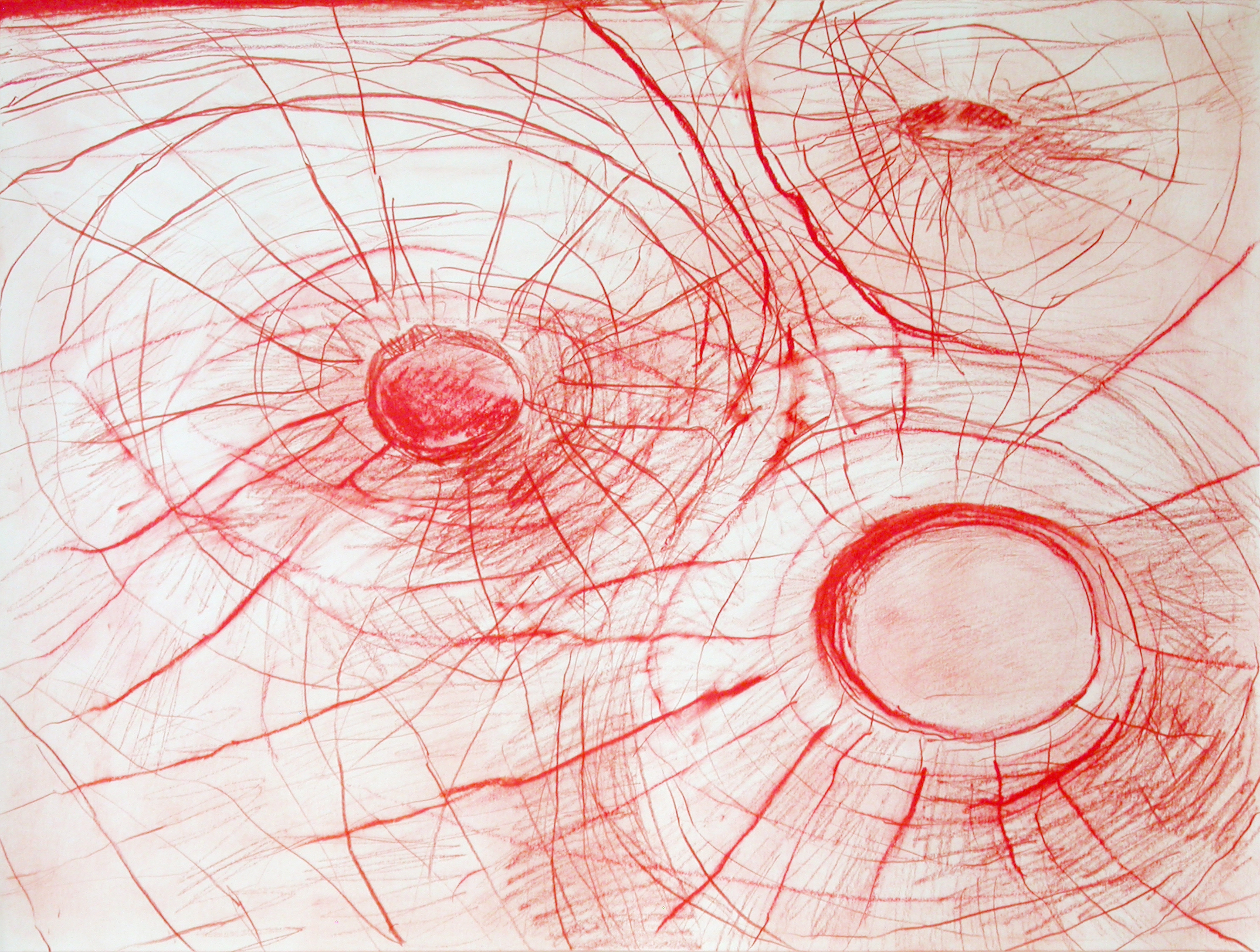
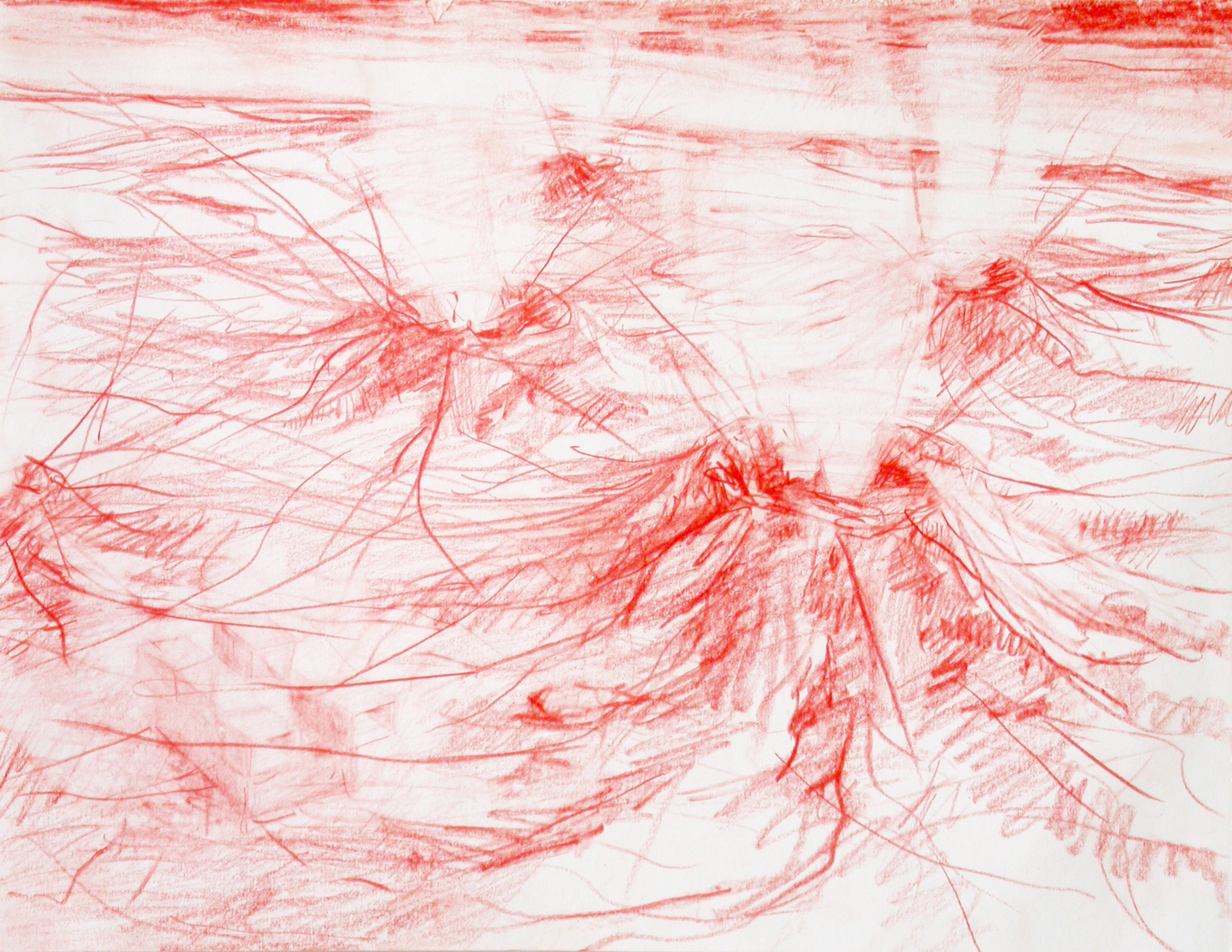
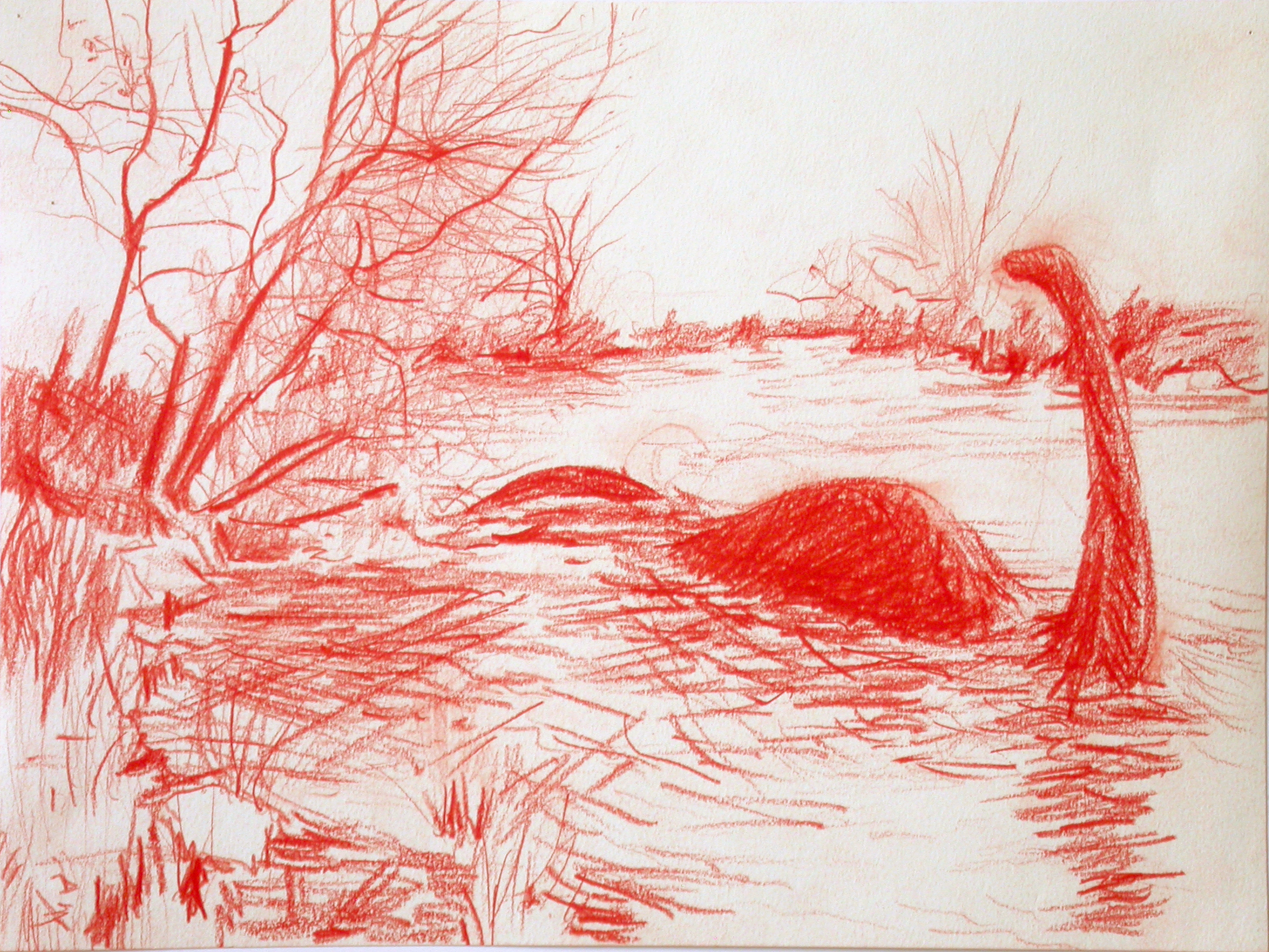

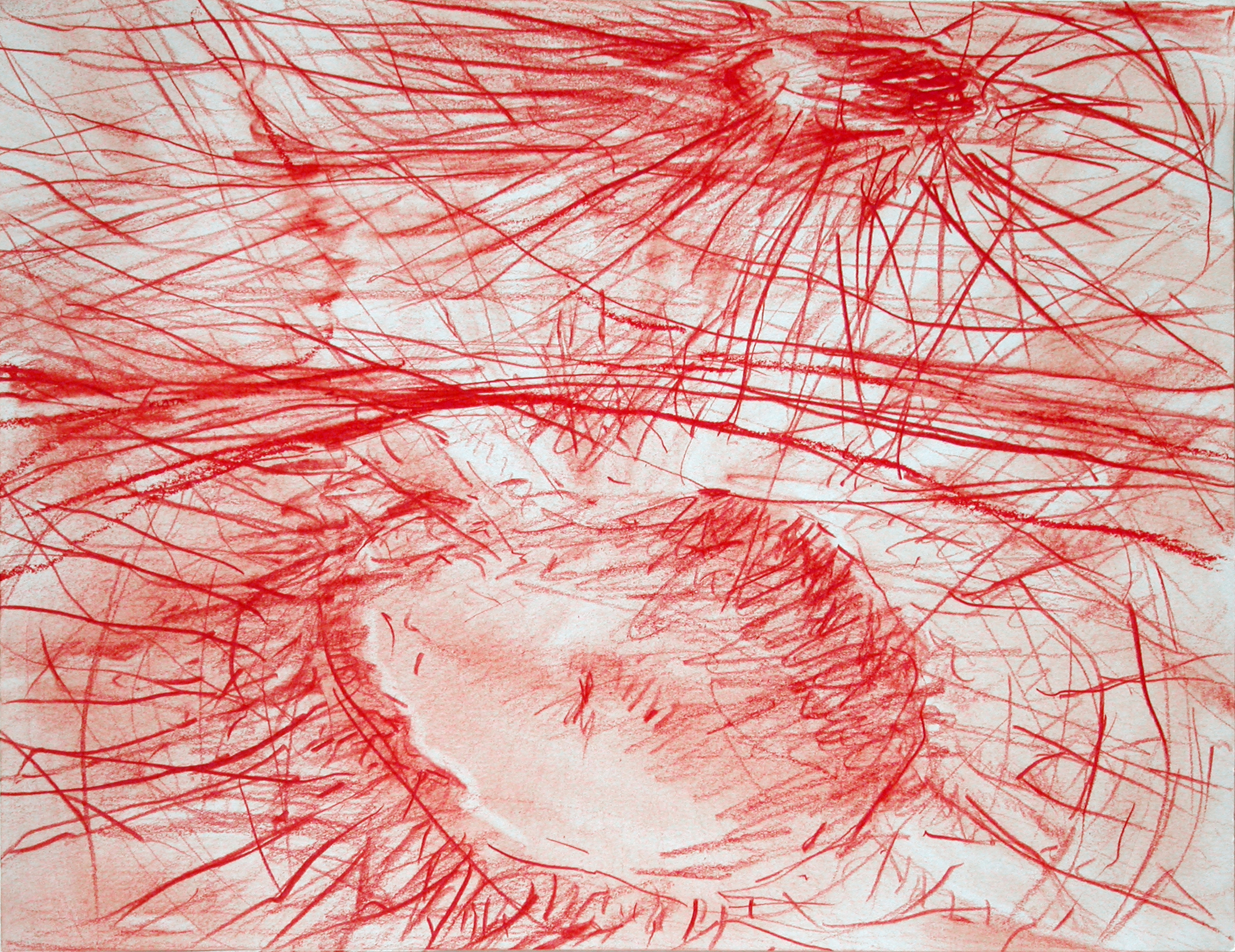

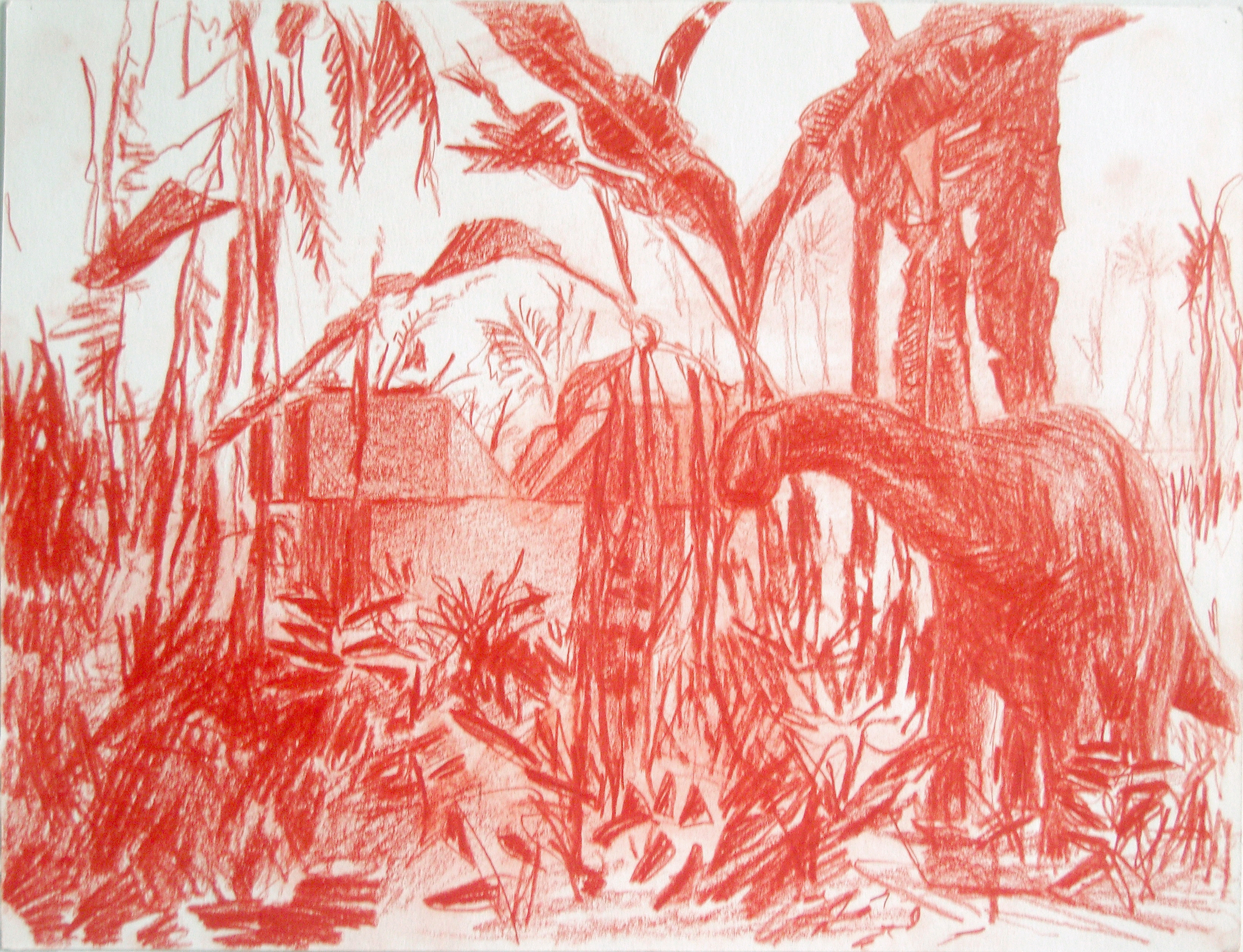

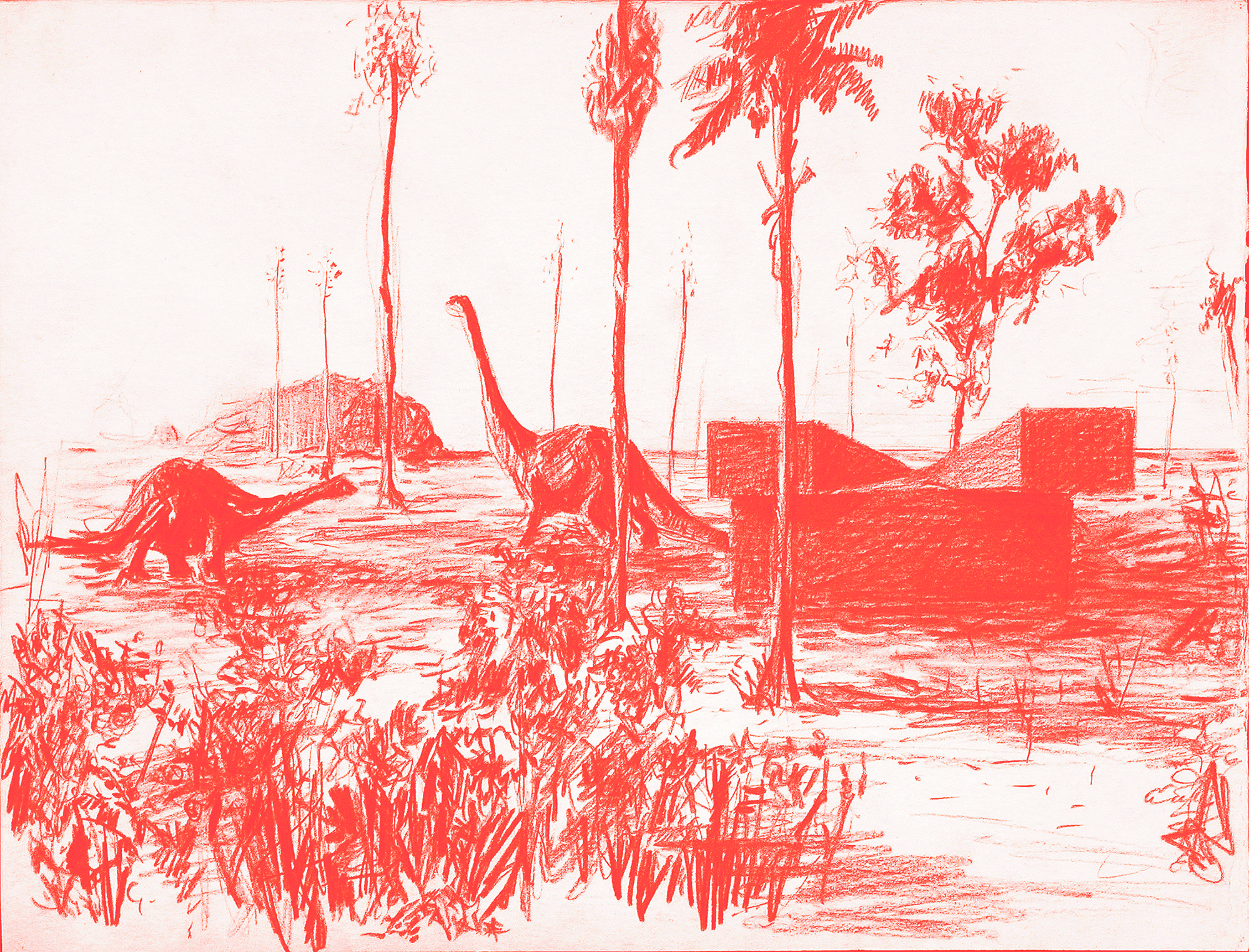

viewer small (climate)
2008
Art Basel Statement
Galerie Catherine Bastide
Art Basel Statement
Galerie Catherine Bastide
The viewer comes in three different sizes. It is a principle with three terms, each with the same form but distinct properties. Because the viewer small (climate) it is too small for one to enter, the person stays outside while the external climate drifts inside.
It was built after the viewer in Rio at Art Basel Statements the following year. It has a 5.1 surround sound system playing a spinning roar︎ or rumor like a wind while a fan blows warm air, artificially reconstructing a weather pattern, an internal climate.

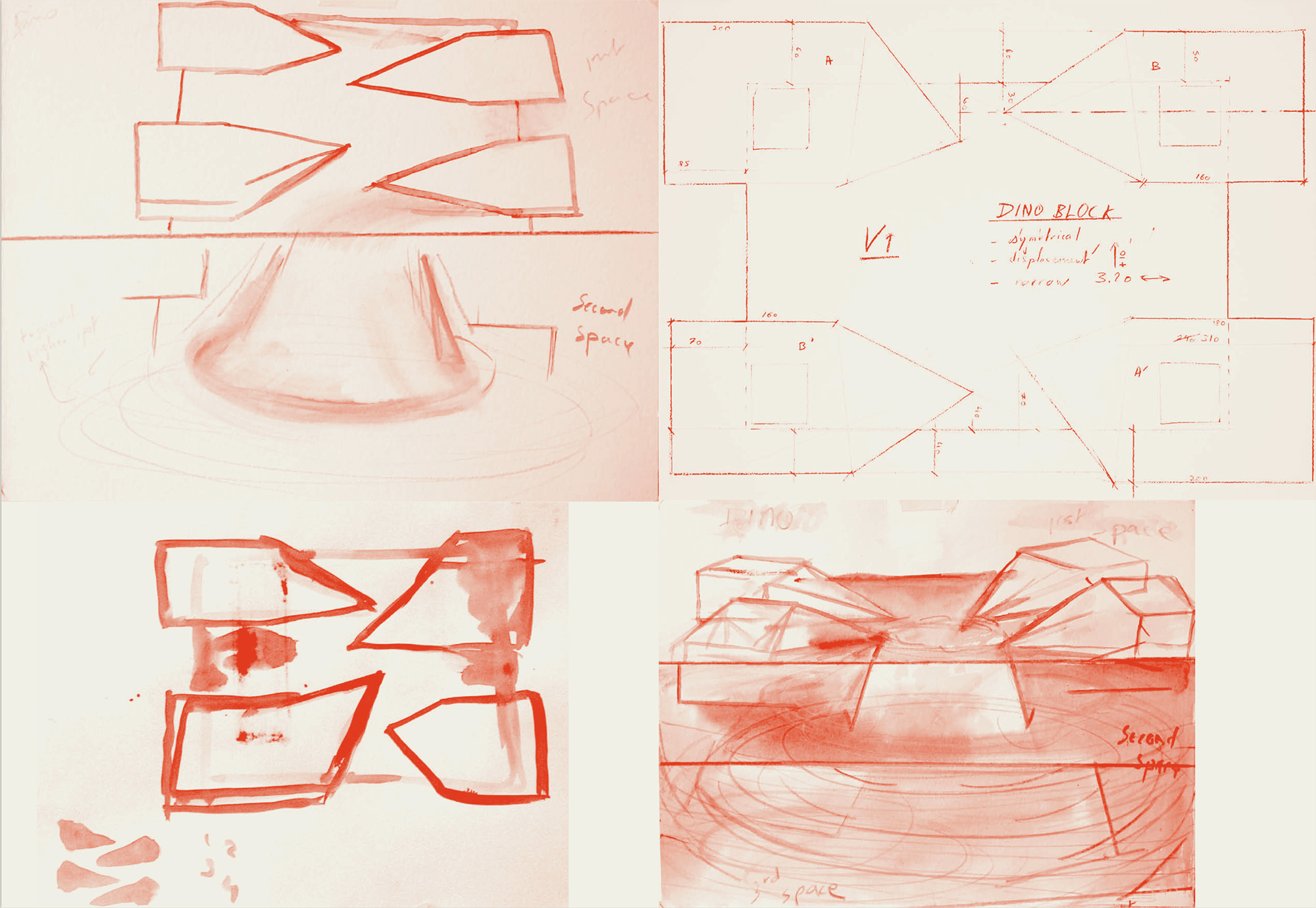
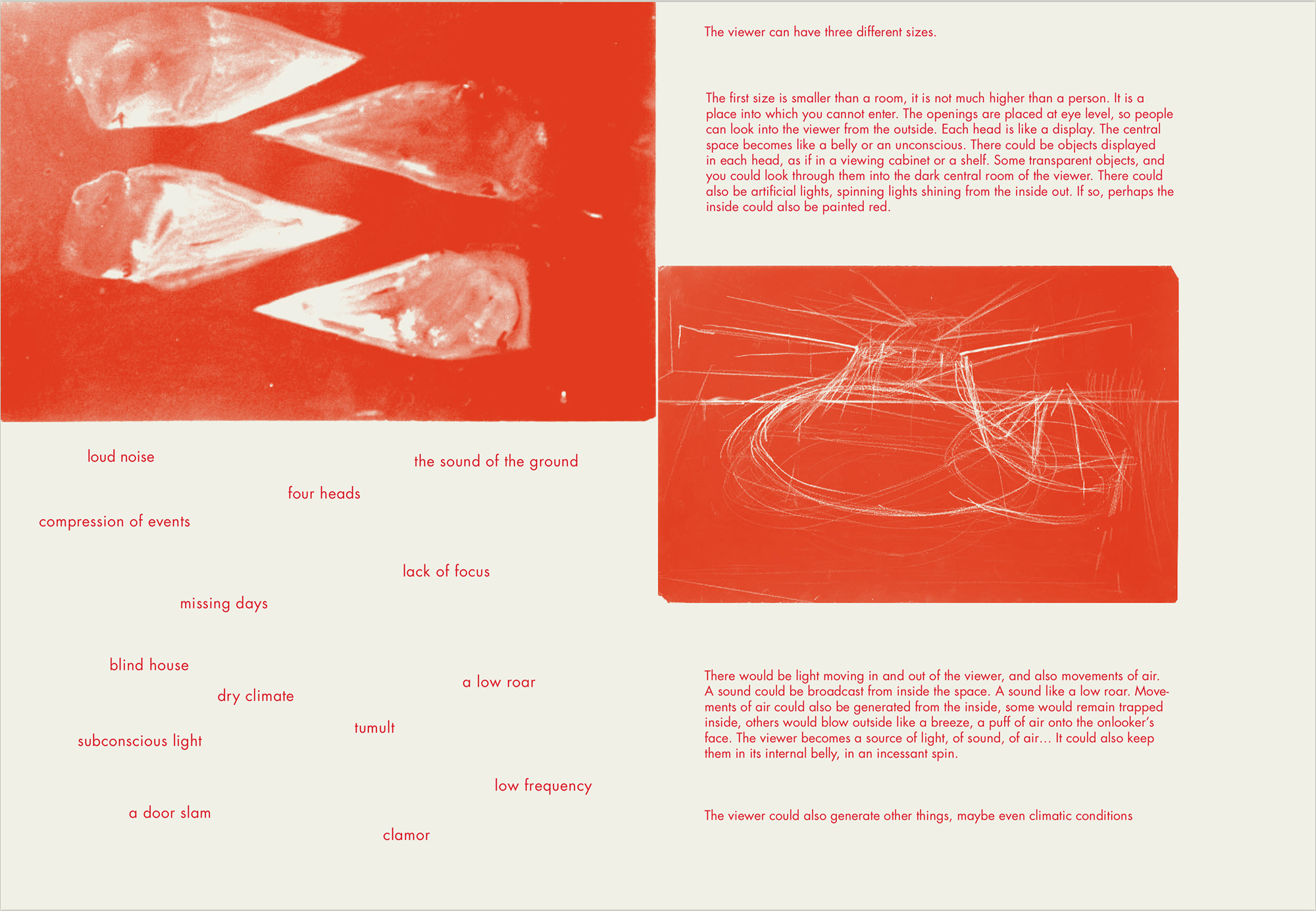

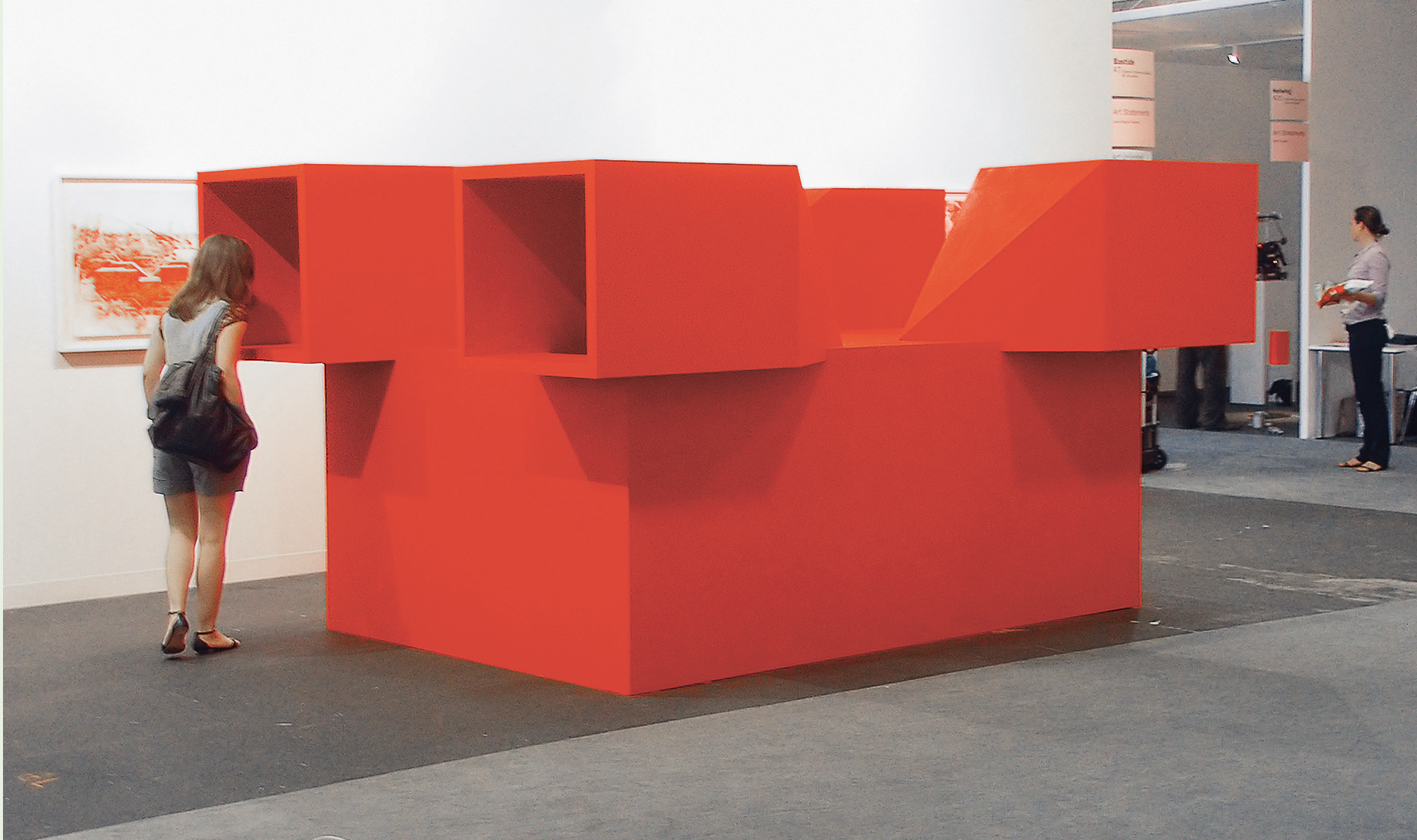
2019
Centre Pompidou
in
préhistoire, une énigme moderne
Centre Pompidou
in
préhistoire, une énigme moderne
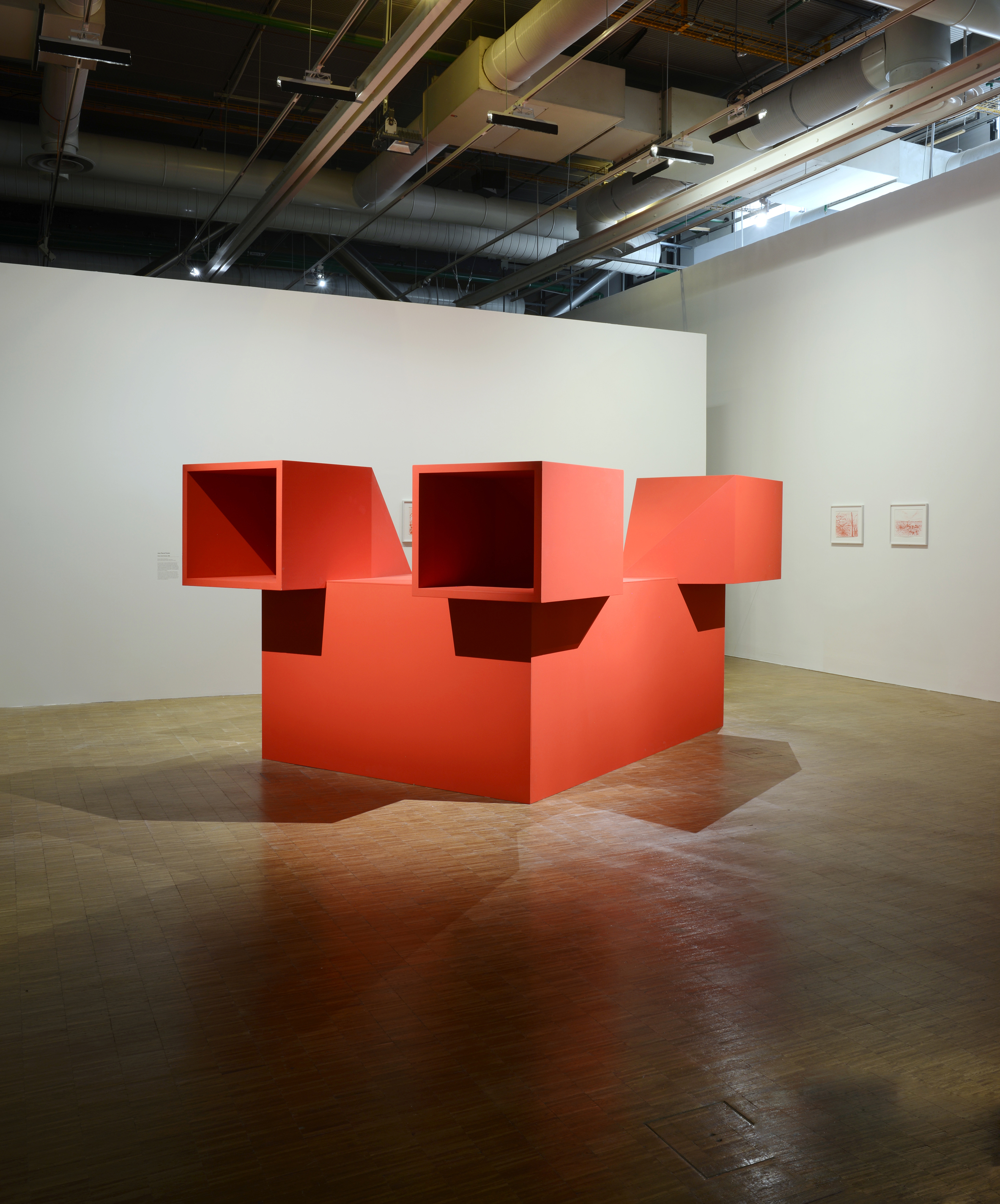

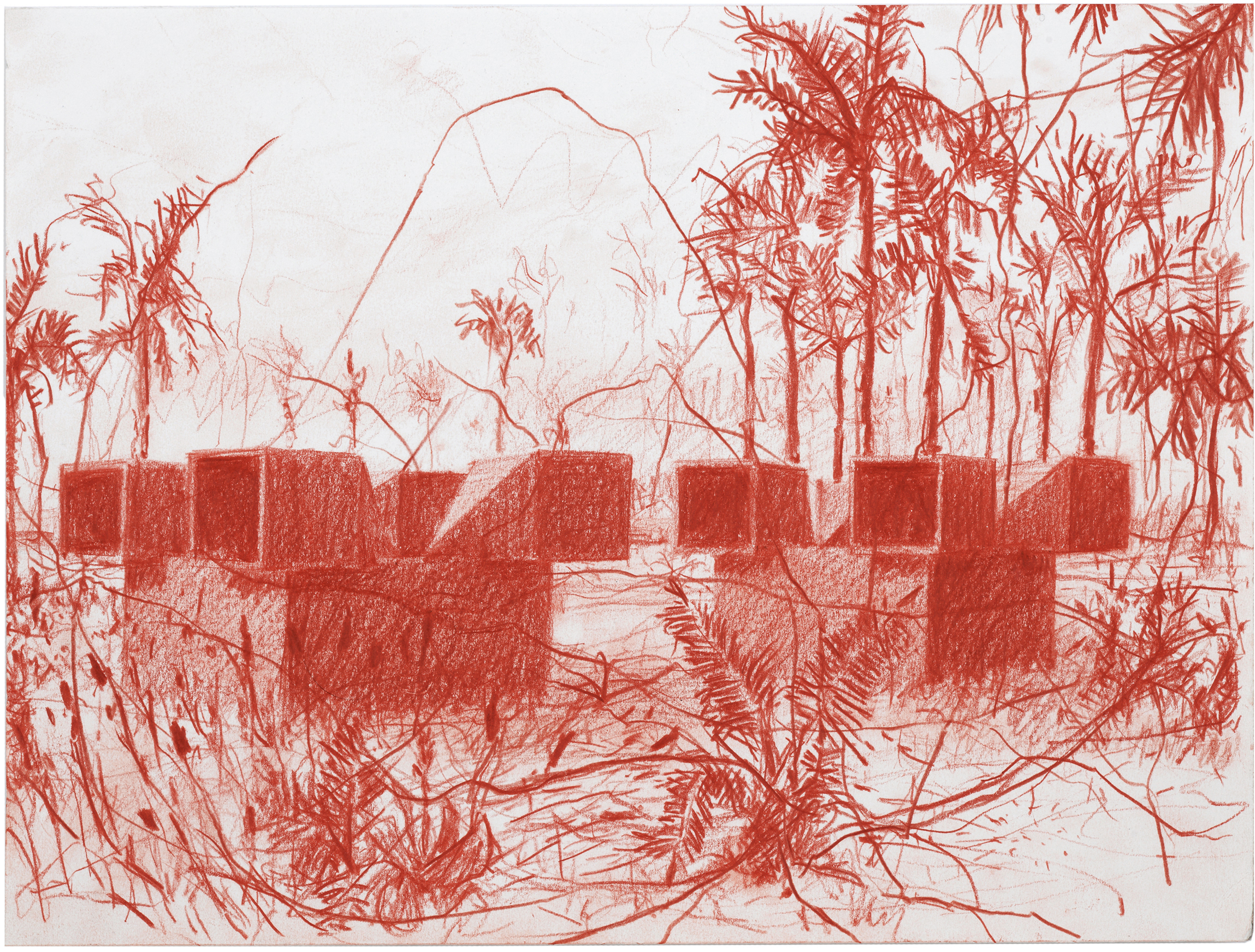
sci-fi film
2007
Video, 7:45 min.
Video, 7:45 min.
The sci-fi film was shot around the viewer in Maricá, outside of Rio de Janeiro. It is a science fiction film that has no visible human elements or factors, other than the viewer itself. Its time period could be that of a very remote past, or a distant future. Some sequences are filmed as if the viewer were seen from a distance, but without being recognized, as if it were seen by an animal preoccupied only with its search for food. This animal could be a dinosaur or an evolution of an electronic species in a far off future. Shot with a small digital photo camera, the red color of the building saturates the images. The red of the house intensifies the light and color adjustments of the camera. The soundtrack accentuates these effects, creating saturations, revealing the frame. The film is played in a loop. Each repetition is punctuated by redtinted electronic noise, rather than the conventional black screen. The film is projected onto a wall, the room is not quite dark. Its sound is asymmetrical, as both speakers are located on the right side of the projection.
